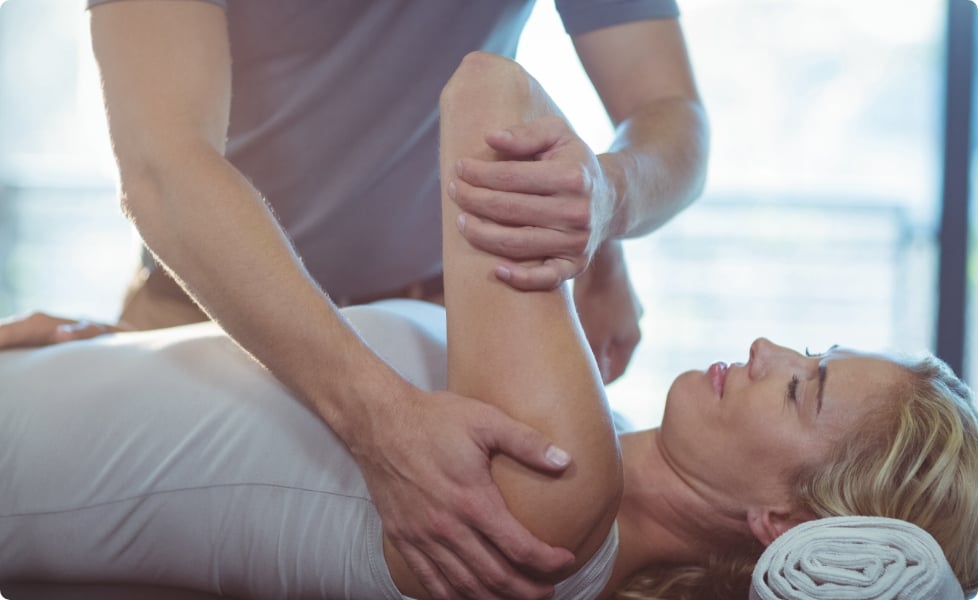
Shoulder care
How to care for shoulder pain
We carry a lot of weight on our shoulders, literally and figuratively. Living an active life—doing household choirs, participating in sporting events and playing with kids—are highly dependent on the move of these joints. Even seemingly passive activities, like working at a desk or typing on a keyboard, rely on our shoulders functioning properly and comfortably.
Sometimes we only realize how important they are when we experience shoulder pain. To get back to any activity, we need to find out what’s wrong and how to fix it
The first step in finding solutions for proper shoulder care and pain relief, is understanding all the parts involved in the shoulder and how they work.
One of the largest, most complex joints in your body, the shoulder is the intersection of three bones: the humerus (upper arm bone), the scapula (shoulder blade) and the clavicle (collarbone). The ball and socket joint connects your humerus to your scapula in a cup-like indentation. The scapula also connects to the clavicle.
The other main parts you need to know about the structure of the shoulder joint include:
- The joint capsule, the envelope of connective tissue surrounding the joint, which is very loose to allow for mobility.
- The muscles and tendons that make up the rotator cuff, which provide movement and stability.
- The bursas, small fluid-filled sacs, which reduce friction and aid with movement.
- The labrum, the cartilage that forms in the cup-like indentation, which allows the humerus to move within the scapula.




